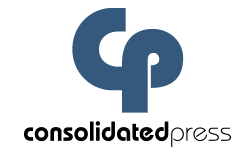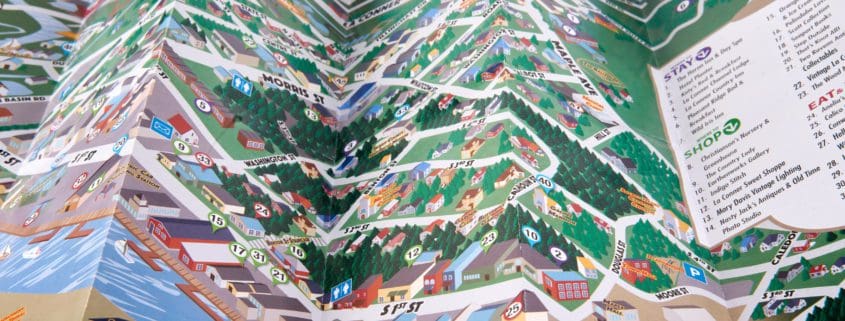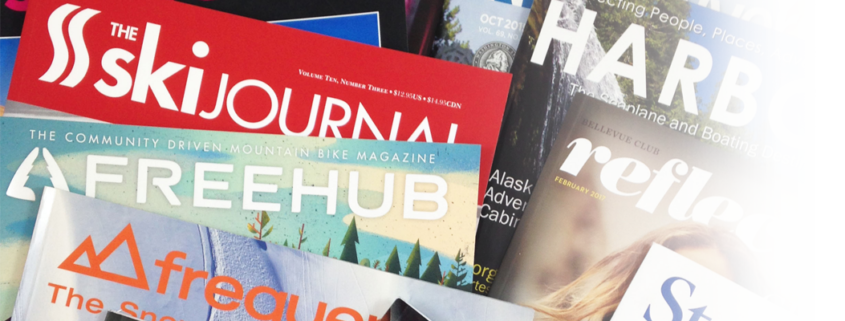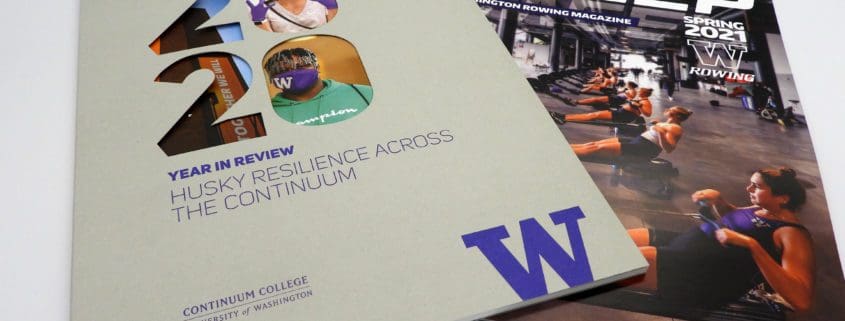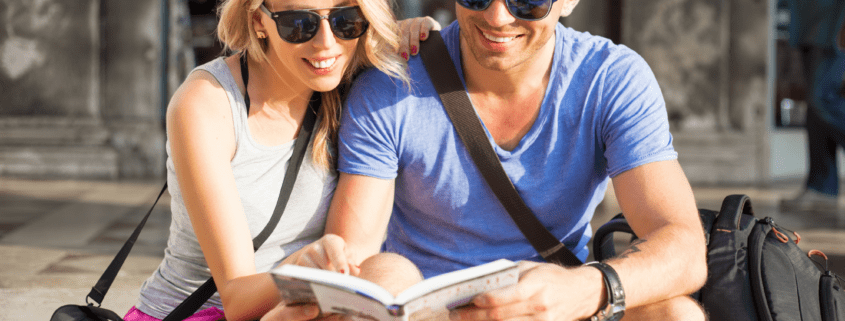The Value of Printing in the Age of Digital


In an age where digital platforms seem ubiquitous, one might question the relevance of print. Yet, as reality would have it, the value of professional printing continues to be a valued choice despite, or perhaps in response to, the surge of digital media.
The resiliency of print is powered by several key factors that offer significant ROI and unparalleled advantages, especially for certain audiences and industries. In this piece, we discuss the profound importance of print, focusing on its economic value, tactile benefits, and its unique role in learning.
Exceptional Return on Investment
Many businesses can testify to the return on investment (ROI) of print. Direct mail, for example, inherently has measurable results. With advanced tracking mechanisms, businesses can accurately calculate their ROI, making this form of print marketing a valuable asset.
Printed catalogs continue to drive online sales, enhancing brand imagery and customer loyalty. Customers who receive catalogs tend to spend more time engaging with the printed piece and on a retailer’s website and consequently spend more money. Print, therefore, is not just alive but a thriving catalyst for business growth.
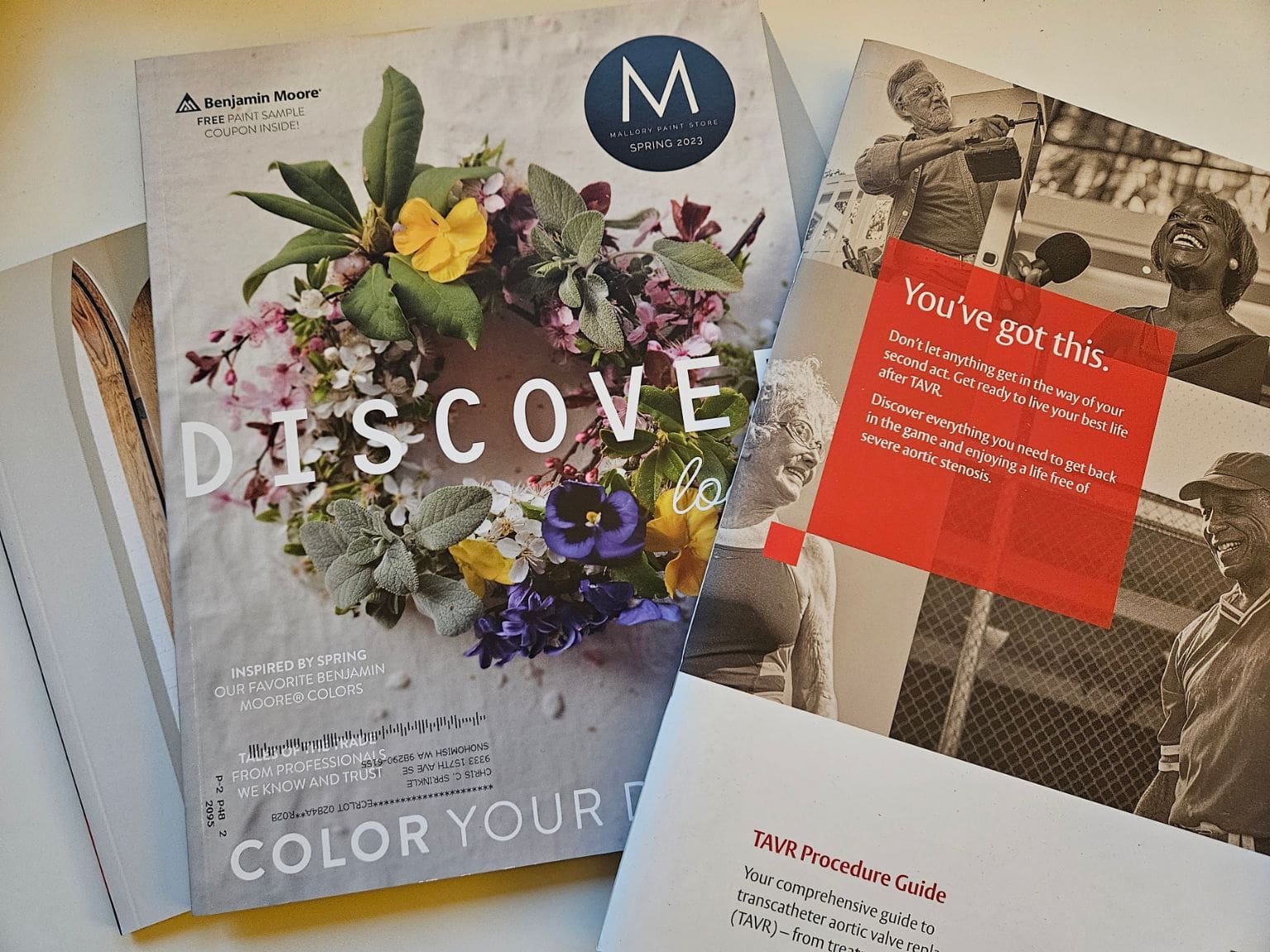

The Tactile Advantage
Nothing quite matches the sensory experience of print. From the smooth texture of a glossy magazine page to the comforting smell of a new book, these tactile experiences craft an intimate connection between the reader and the printed material.
Scientifically, the tactile experience stimulates higher cognitive processing and emotional connections – ultimately enhancing memory retention. It’s the sensory nature of touch that makes printed material instinctively more engaging and memorable than digital media, providing a lasting brand impression.
Moreover, print products such as brochures, business cards, or newsletters show effort, thought, and investment, creating a perception of credibility and professionalism about your brand. They bring a physical presence of your business into customers’ homes or office spaces, keeping your brand within reach and sight.


Print’s Unique Role in Learning
When it comes to education and learning, print takes an impressive stand. Scientific studies reveal that reading from paper results in better comprehension and recall than reading from screens. Print’s lack of distractions promotes deeper engagement and encourages more thorough mental mapping of the information.
Also, printed books and documents provide easy navigation that digital platforms often lack. The ability to physically flip through pages, highlight lines, and scribble notes on the margins greatly enhances the learning process.
The Emergence of Hybrid Models
Rather than view digital and print media as rivals, savvy businesses are combining the strengths of both to maximize customer engagement. Printed materials can work in tandem with digital platforms by incorporating QR codes or social media handles, offering a seamless multi-channel experience.
The endurance of print in the age of digital media is by no means accidental. Its powerful sensory connection, tangible market reach, and contribution to effective learning secure print media’s spot in the marketing mix. By leveraging professional print services, businesses can connect with their audience in a meaningful way while reaping a significant return on investment.
In essence, print is not just surviving, it’s thriving. It remains an impactful medium that businesses and learners alike continue to value in our digitally driven world.
Consolidated Press is a Seattle-based printer with more than 85 years of experience and expertise. Our specialties include magazines, catalogs, reports, manuals, book publishing, and direct mail. We’re the only commercial printer with in-house automated perfect bindery in the Pacific Northwest. Contact us to learn more.
